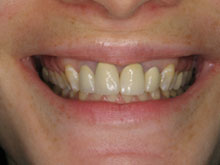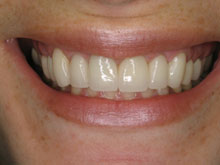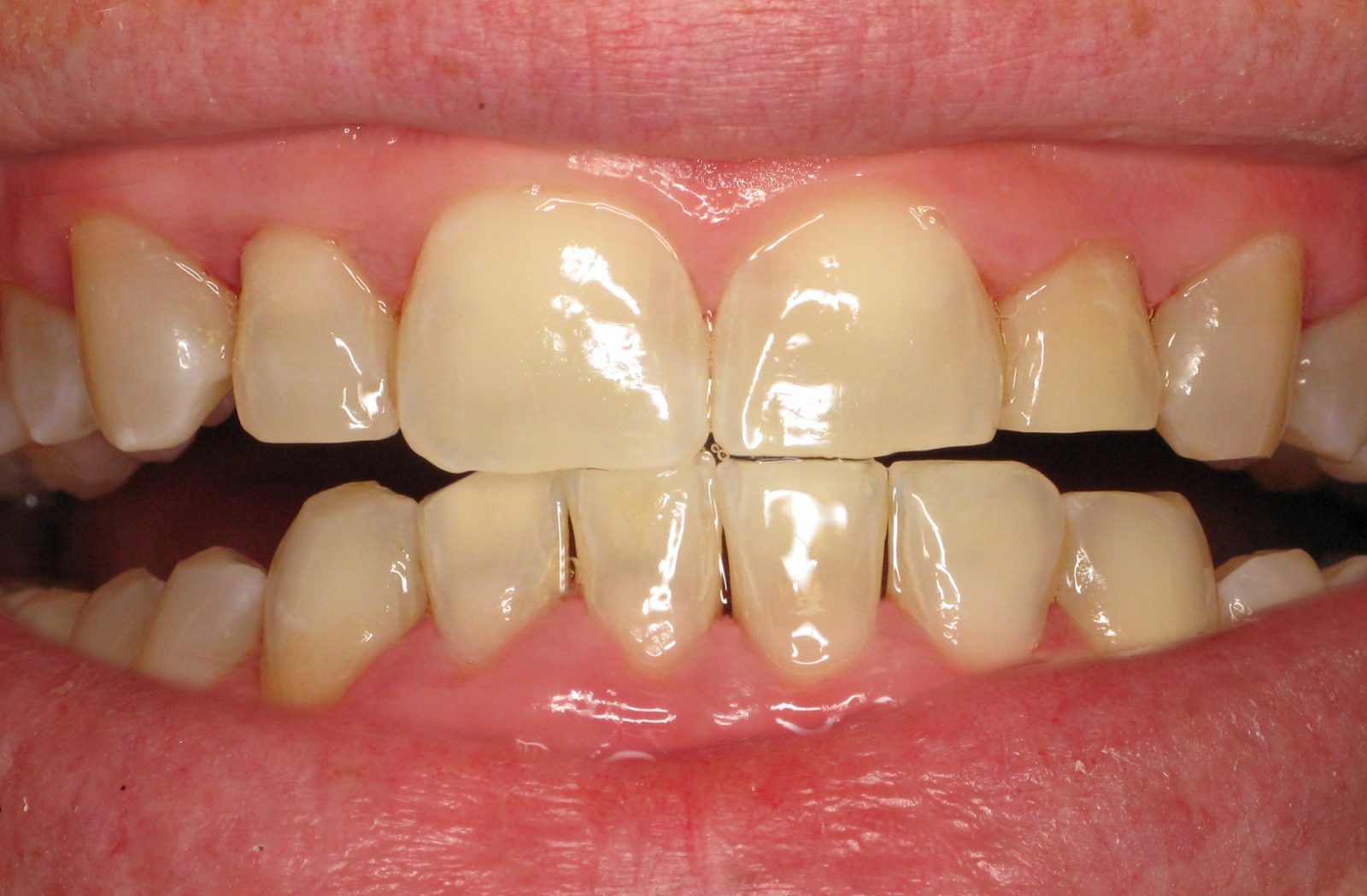Are there links between smoking and or tobacco use and bad breath due to gum disease?

The links between smoking or tobacco use and bad breath are substantial, particularly when gum disease is in the picture. Tobacco products, including cigarettes and smokeless tobacco, contribute significantly to oral health issues that manifest as persistent bad breath.
Here’s an exploration of how smoking or tobacco use can be linked to bad breath, often associated with gum disease:
- Dry Mouth: Smoking and tobacco use can lead to dry mouth, reducing saliva production. Saliva is crucial for maintaining oral health as it helps cleanse the mouth, neutralize acids, and wash away bacteria. In a dry environment, bacteria thrive, contributing to bad breath.
- Nicotine and Chemicals: Nicotine and the numerous chemicals in tobacco products can create an inhospitable environment for healthy oral bacteria while promoting the growth of harmful bacteria. These bacteria produce sulfur compounds, contributing to the foul odor associated with bad breath.
- Reduced Immune Response: Smoking weakens the immune system’s response, making it harder for the body to combat infections, including gum disease-related infections. Weakened immune defenses allow harmful bacteria to flourish, contributing to the progression of gum disease and subsequent bad breath.
- Gum Disease Aggravation: Smoking is a significant risk factor for gum disease. It constricts blood vessels, reducing oxygen and nutrient supply to the gum tissues. This compromised blood flow impedes the gums’ ability to heal and fight infections, exacerbating the impact of gum disease on bad breath.
- Delayed Healing: Smokers often experience delayed wound healing, including the healing of gum tissues. This delayed healing extends the duration of inflammation and bacterial presence in the oral cavity, contributing to persistent bad breath.
- Toxic Substances: Tobacco products introduce toxic substances into the oral environment, contributing to the breakdown of gum tissues. As the gums deteriorate, periodontal pockets may form, providing a conducive environment for bacteria to thrive and release malodorous compounds.
- Masking Effect: Smoking or using tobacco products doesn’t eliminate bad breath; it can temporarily mask the odor. This masking effect may lead individuals to underestimate the severity of their bad breath and delay seeking professional dental care.
Addressing bad breath associated with smoking or tobacco use requires a comprehensive approach. Quitting smoking is crucial for overall oral and systemic health. Additionally, individuals should maintain meticulous oral hygiene practices, seek regular dental check-ups, and consider professional interventions to address gum disease and associated bad breath. Seeking support for smoking cessation can significantly improve oral health and contribute to fresher breath.






